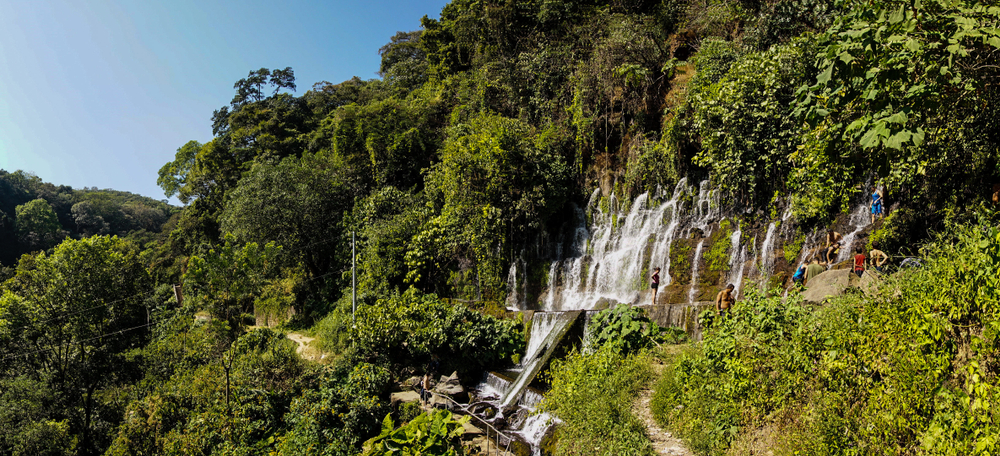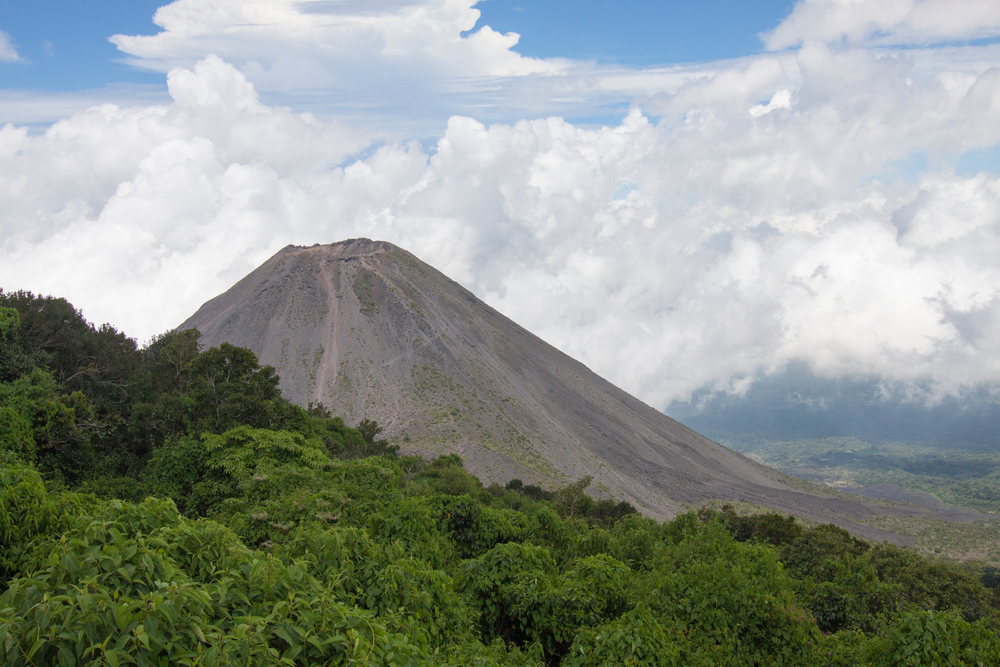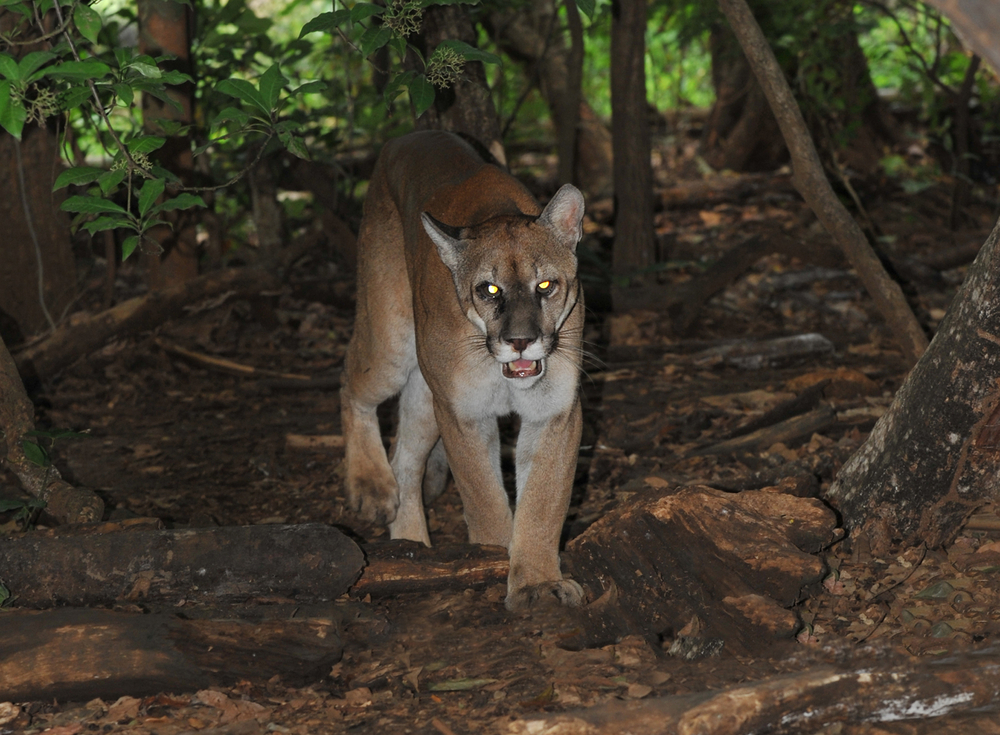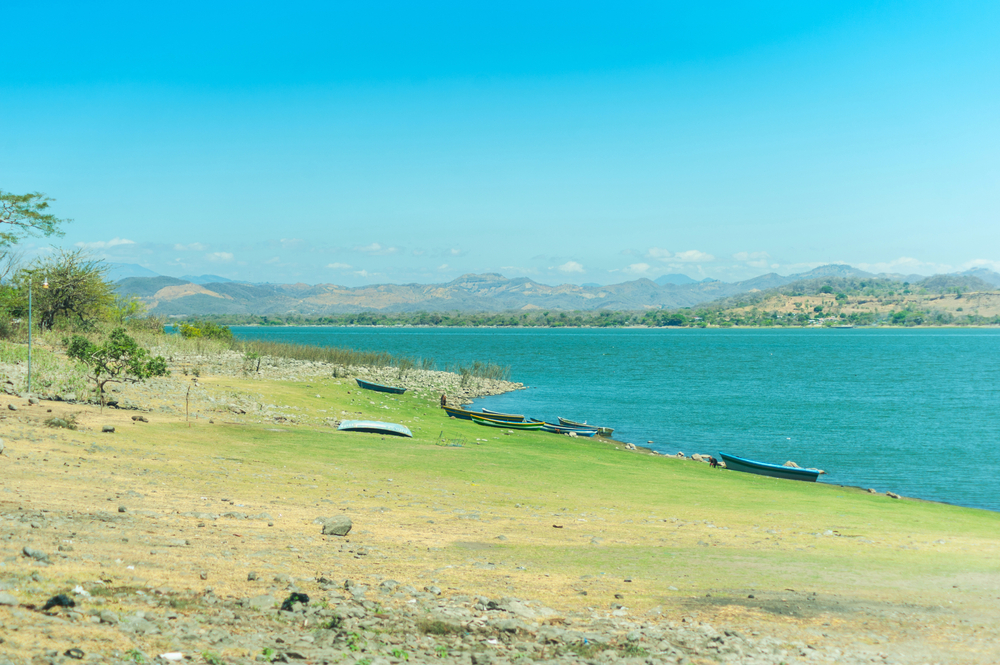El Imposible Overview
El Imposible National Park, known locally as Parque Nacional El Imposible, is a vital natural reserve in El Salvador, spanning approximately 14.79 square miles (38.94 square kilometers).
Located in the Ahuachapán department in the western region of the country, it is part of the Apaneca-Ilamatepec Biosphere Reserve. This protected area is named after a treacherous mountain pass that historically posed great danger to traders transporting goods across the region. Today, the park is a crucial refuge for biodiversity and one of the most ecologically significant areas in El Salvador.
The park’s landscape is characterized by rugged mountains, deep canyons, and dense tropical forests. Sitting at elevations ranging from 820 to 4,900 feet (250 to 1,500 meters), the terrain is dominated by steep slopes and winding rivers, including the important Cara Sucia River.
The forested areas provide a mix of dry and humid tropical vegetation, with towering ceiba trees, mahogany, and a variety of ferns and orchids. Seasonal waterfalls dot the park, adding to its natural beauty. The higher elevations offer panoramic views of the surrounding valleys and even glimpses of the Pacific Ocean on clear days.
El Imposible is home to an impressive variety of wildlife, making it one of the last strongholds of biodiversity in El Salvador. Among the notable mammals found here are the elusive puma, ocelot, and the endangered Central American tapir. White-tailed deer and collared peccaries roam the forests, while troops of white-faced capuchin monkeys can often be seen in the treetops.
The park is also a haven for bird enthusiasts, with over 285 recorded species. Some of the most striking birds include the ornate hawk-eagle, the long-tailed manakin, and the emerald toucanet. Migratory species also pass through the park, enhancing its significance for avian conservation. Reptiles, amphibians, and insects, including colorful butterflies and endemic frog species, contribute to the park’s ecological diversity.
One of the park’s most popular attractions is Cerro El León, a peak that rewards hikers with breathtaking views of the lush surroundings. Several well-maintained trails offer varying levels of difficulty, with routes leading through dense jungle, riverbanks, and scenic viewpoints.
The El Imposible Pass, for which the park is named, is a historic route that once challenged traders and mule caravans. Today, it stands as a symbol of the region’s rugged history and perseverance. Visitors can also explore rivers and waterfalls, some of which provide opportunities for swimming in natural pools. Guided tours are available, providing insights into the park’s flora, fauna, and conservation efforts.
Ecotourism plays a key role in the park’s engagement with visitors. Hiking, birdwatching, and photography are among the most common activities. Local guides enhance the experience by sharing knowledge of medicinal plants, animal tracking techniques, and cultural history.
Some areas within the park allow camping, providing an immersive overnight experience in the heart of nature. Researchers and conservationists frequently visit El Imposible to study its diverse ecosystems and work toward long-term sustainability.
El Imposible National Park faces ongoing conservation challenges, particularly due to deforestation, illegal hunting, and human encroachment. However, efforts by the Salvadoran government and environmental organizations have led to significant successes in habitat restoration and wildlife protection.
Community involvement in conservation initiatives has helped raise awareness and promote sustainable tourism practices. The park remains a critical stronghold for El Salvador’s diminishing natural landscapes, serving as a model for biodiversity conservation in Central America.














































































